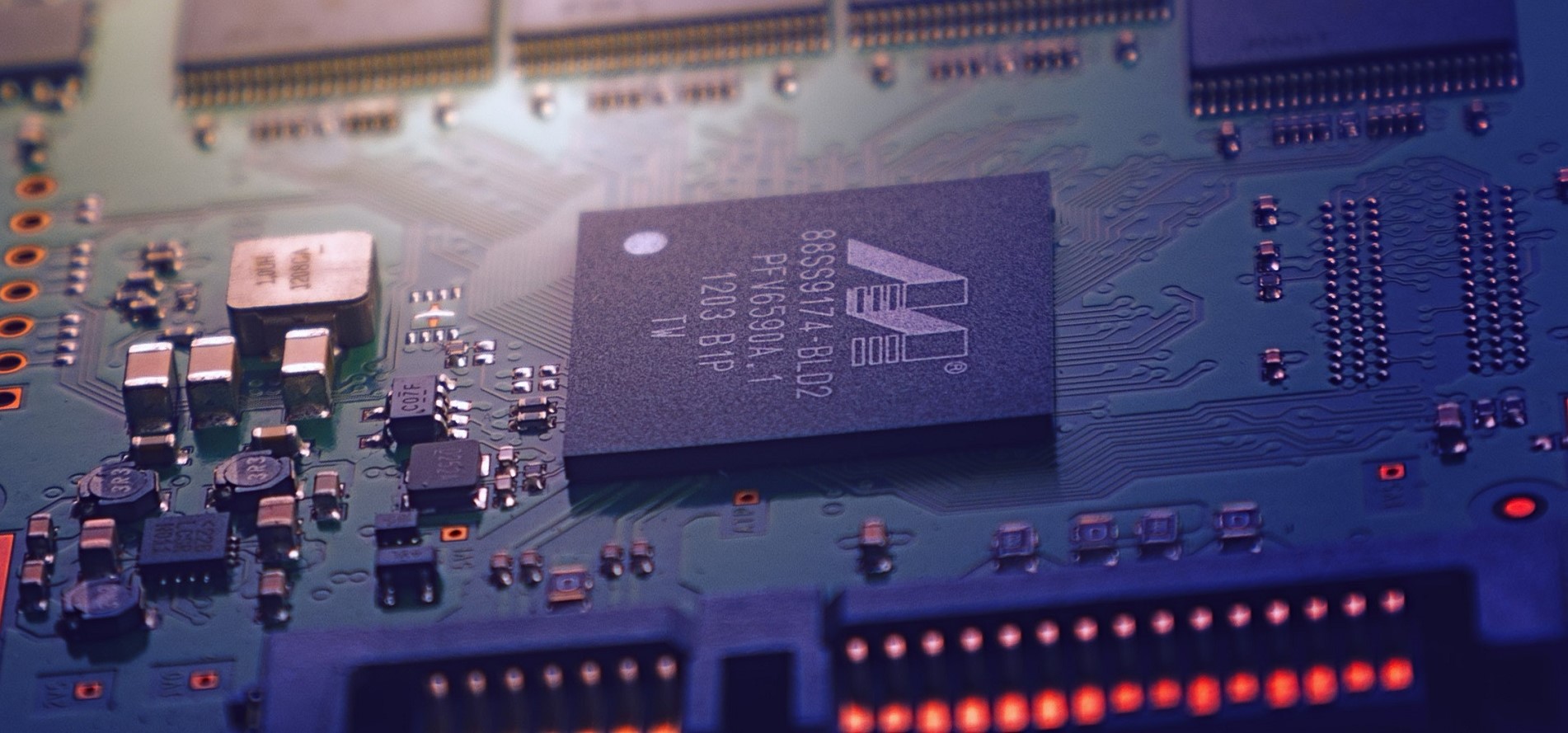The Ubiquiti wireless access points are new to me but damn are they fantastic! Rather than logging into each AP via it’s IP directly, you are required to use the Ubiquiti controller software.
Wouldn’t it be fanastic if this software could run headless on your Linux server? Well you can using Docker (linuxserver/unifi), this article will show you how. I’ll also cover adopting an AP which is already managed by another controller instance plus some cool network scanning tips to make this process even easier using nmap.
Setting up the controller software in Docker
We’re going to be using Docker for this. I started writing this section but realised it ended up just being a repeat of the documentation included with the container on Docker hub. At LinuxServer.io we make a ton of Docker containers and UniFi just happens to be one of them, linuxserver/unifi.
Once you’ve got the container running just go to https://serverIP:8443/ (note https) and from there it’s just the standard UniFi software.
Adopt an already managed Access Point with a new controller instance
I set my Unifi AP up once 6 months ago and forgot about it. Last night though I wanted to perform a firmware update to fix some compatibility issues with my Nest thermostat. Of course, I didn’t have my original controller configuration around and so I found myself unable to manage my AP.
Using nmap I scanned all the available hosts on my LAN to find which were listening on port 22 (SSH).
$ nmap 192.168.1.0/24 -p 22 -oG - | grep open
Host: 192.168.1.2 (epsilon.ktz.local) Ports: 22/open/tcp//ssh///
Host: 192.168.1.137 (ktzXPS.ktz.local) Ports: 22/open/tcp//ssh///
Host: 192.168.1.251 (unifiap.ktz.local) Ports: 22/open/tcp//ssh///Aha! I have the IP address 192.168.1.251 in this case. Time to SSH into the AP using the admin username and password you set months ago…
$ ssh admin@192.168.1.251Once you’re logged in, reset the AP to factory defaults.
$ syswrapper.sh restore-defaultThe AP will now reboot, taking approximately 20 seconds. After that time has elapsed SSH into the AP again this time using the default username and password of ubnt.
$ ssh ubnt@192.168.1.251Then, run mca-cli followed by set-inform. Locate your controllerIP using the nmap trick from above but substituing port 22 for 8080. It’ll be the IP of the system running Docker.
$ nmap 192.168.1.0/24 -p 8080 -oG - | grep open
Host: 192.168.1.2 (epsilon.ktz.local) Ports: 8080/open/tcp//http-proxy///
$ mca-cli
$ set-inform http://192.168.1.2:8080/informNext load up the controller software webUI on https://serverIP:8443/ and adopt the AP as normal. Wait for the state to show as ‘disconnected’ at which you’ll need to reissue the set-inform command and second time.
$ set-inform http://192.168.1.2:8080/informThat’s it, you’re done. Your AP is is now adopted by a new instance of the Ubiquiti controller software, running in Docker.
